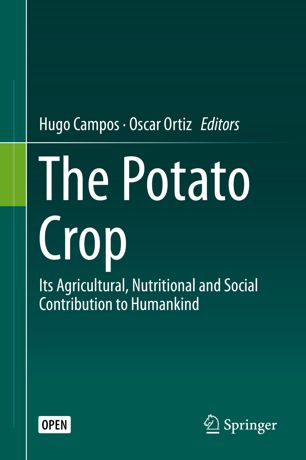The development community has shown increasing interest in the potential of innovation systems and value chain development approaches for reducing poverty and stimulating greater gender equity in rural areas. Nevertheless, there is a shortage of systematic knowledge on how such approaches have been implemented in different contexts, the main challenges in their application, and how they can be scaled to enable large numbers of poor people to benefit from participation in value chains. This chapter provides an overview of value chain development and focuses on the International Potato Center’s experiences with the Participatory Market Chain Approach (PMCA), a flexible approach that brings together smallholder farmers, traders, processors, researchers, and other service providers in a collective process to explore potential business opportunities and develop innovations to exploit them. The PMCA is an exemplary case of South–South knowledge exchange: it was first developed and implemented in the Andes, but has since been introduced, adapted, and applied to different market chains in Africa and Asia, where it has contributed to improved rural livelihoods. The experiences of adjusting and implementing the approach in these different contexts and the outcomes of those interventions, and complementary approaches, are examined in this chapter. Lessons learned from these experiences are shared with a goal of informing the promotion, improvement, and scaling of value chain approaches in the future.
Enhancing value chain innovation through collective action: lessons from the Andes, Africa, and Asia
Citation: Devaux A.; Velasco C.; Ordinola M.; Naziri D. 2020. Enhancing value chain innovation through collective action: lessons from the Andes, Africa, and Asia. In: Campos H., Ortiz O. (eds) The Potato Crop. Its agricultural, nutritional and social contribution to humankind. Cham (Switzerland). Springer, Cham. ISBN: 978-3-030-28683-5. pp. 75-106.
2019-12-17
IMPACT ASSESSMENT, INCLUSIVE GROWTH, POTATO AGRI-FOOD SYSTEMS, POTATOES
Africa, Asia, Latin America, South America
book_chapter

